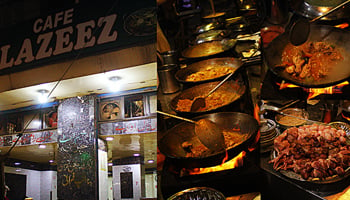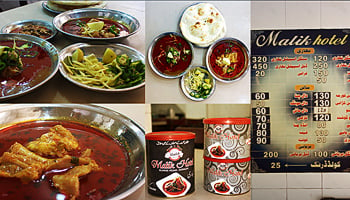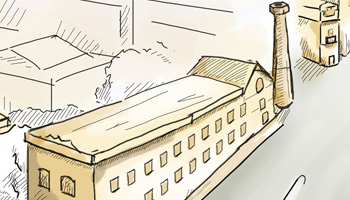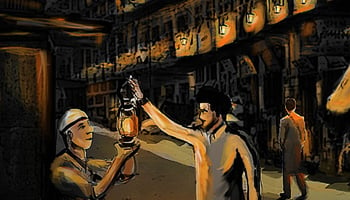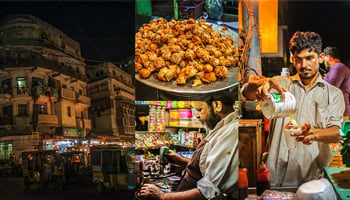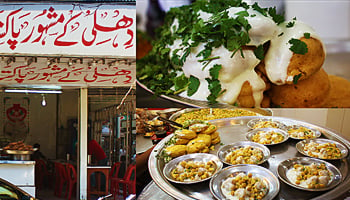Burns Road, Karachi's oldest and biggest food street
Though it bears no semblance to any street from the colonial era, the famous Burns Road derives its name from a British spy-doctor Mr James Burnes, who served the Raj in the first half of 19th century in Sindh.
Host to the hottest as well as the oldest food haunts in the city, the road, at one time, was the center-stage for many movements that shaped the country’s political history.
The population of the area is a melting pot of migrants of various ethnic backgrounds including Punjabi Saudagaran-e-Delhi, Memon community, Guddi people, and Qureshi Baradris (brotherhood).
Way before the rise of Muttahida Qaumi Movement (MQM), which is predominately anchored on the support of the descendants of Urdu-speaking migrants from India, the roost of the local politics was undisputedly ruled by the religious parties like Jamaat-e-Islami and Jamiat Ulema-e-Pakistan (Noorani group). It is interesting to note that this area has never been pro-government being a stronghold of the opposition parties.
In addition, this neighbourhood has also remained politically active through the political turmoil that started in the late fifties. Be it the first military president Ayub Khan’s 1964-65 campaign against Mohatarma Fatima Jinnah or the ‘Movement for the Restoration Democracy’ (MRD) in 1981 or Tehreek-e-Istiqlal’s Asghar Khan’s 24 hours long protest, this district was always in focus.
Down the line, a changing political scenario and shifting demographics poured cold water on the fiery popularity of religo-political parties. That’s when the MQM arrived, didn’t see much, and effortlessly conquered everything. With an ethnic card in one hand and a picture of victimization in the other, the party promised the Urdu-speaking migrants of rights they had never known before. There was no way the struggling settlers could stop themselves from being sold on to those dreams.
According to one theory, Burns Road area, over time became the celebrated food central of the city because migrants from India liked to eat out the way they used to back in their native towns before partition. Taking advantage of that demand a number of experienced as well as inexperienced venturers from within the migrant communities started cooking their traditional foods commercially, but only a few survived. Most of the surviving eateries had humble beginnings and it took them years and years of sheer hard work before becoming household names not only in Pakistan but also world over.
Dil Bahar Dahi Baray, Malik Nihari, Waheed Kebab, Delhi Rabri and Cafe Lazeez, are among the oldest food outlets here. Most of these places are 50 years old and serve the most delectable traditional foods Karachi has to offer.
We tried to trace the history and discussed with the owners about the secrets of their success. We also talked to Shamim Bano, journalist and a resident of Burns Road, Faheem Zaman, ex-KMC administrator, and Yasmine Lari, architect and consultant to find out the evolution of this delicious district over the years.





